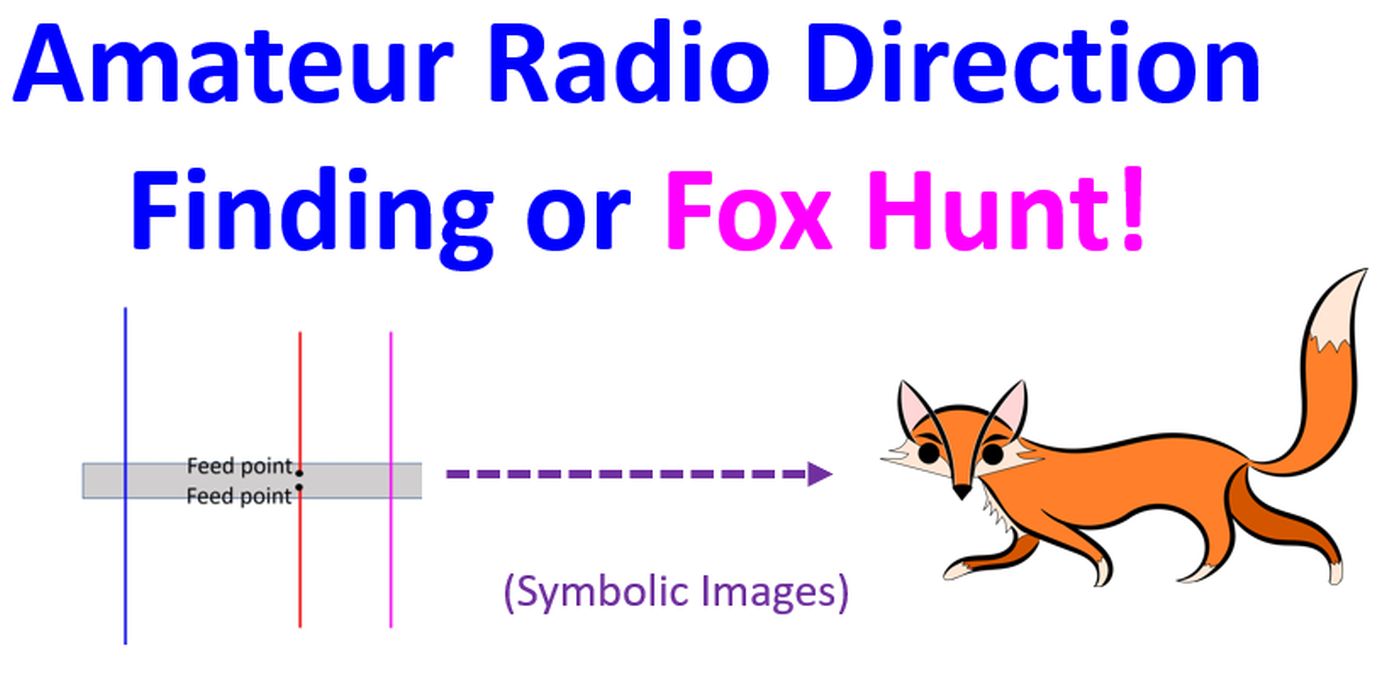Amateur Radio Direction Finding or Fox Hunt!
Amateur Radio Direction Finding or Fox Hunt!
Amateur Radio Direction Finding or Fox Hunt is a popular form of radio sport among amateur radio (ham radio) operators worldwide. Variations in rules may be there in different regions. Regional, national and international competitions are held for Amateur Radio Direction Finding or Fox Hunt. At the international level, the competitions are organized by the International Amateur Radio Union (IARU).
First ARDF World Championship was held in 1980. Rules for international competitions are formulated by IARU while there are also country specific rules. In one such fox hunt which was organized in my locality years back, there was only one fox or hidden transmitter. But classic competitions have five low power transmitters of 0.25 to 1 Watt for 2 m and 1 to 5 Watt for 80 m, which transmit automatically and sequentially on the same frequency, exactly for one minute each. Participants try to locate as many of them as possible and finish within the specified time.

Both the number of transmitters found and the time taken are considered in deciding the winner, though the priority is for the number of transmitters found. Detailed orienteering maps are provided by the organizers for plotting the location of the participant and the bearings of the foxes. Different competitions are held for 2 m and 80 m on different days. These bands are chosen because they have amateur allocations in almost all countries.
The transmitters are at least 400 m apart and the route course may be 6 to 12 km. First transmitter is at least 750 m from the start and there is no transmitter within 400 m of the finishing point. It is also mentioned that elevation should not exceed 6% of the course length, typically less than 200 m. Different age and gender categories are there for the participants.
Important tools for the participation are a sensitive radio receiver, a directional antenna and an attenuator. Attenuator is needed while nearing the transmitter location to prevent overloading of the sensitive receiver. Two or three element Yagi-Uda antennas are often used on 2 m. Small loop antennas are often used on 80 m.
Sometimes a very small loop wound on a ferrite rod may also be used. Yagi-Uda antennas have peak in the direction of the directors. A magnetic compass is used for navigation and a watch is needed for timing. Mobile phones and two-way radios are usually prohibited during the competition.